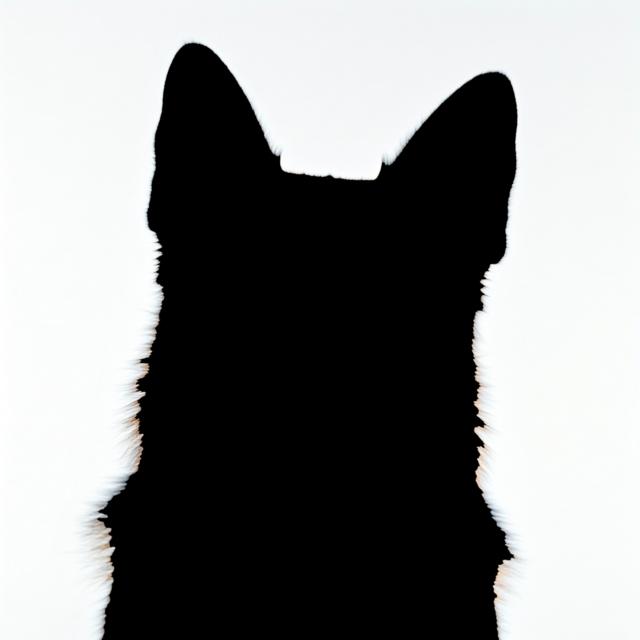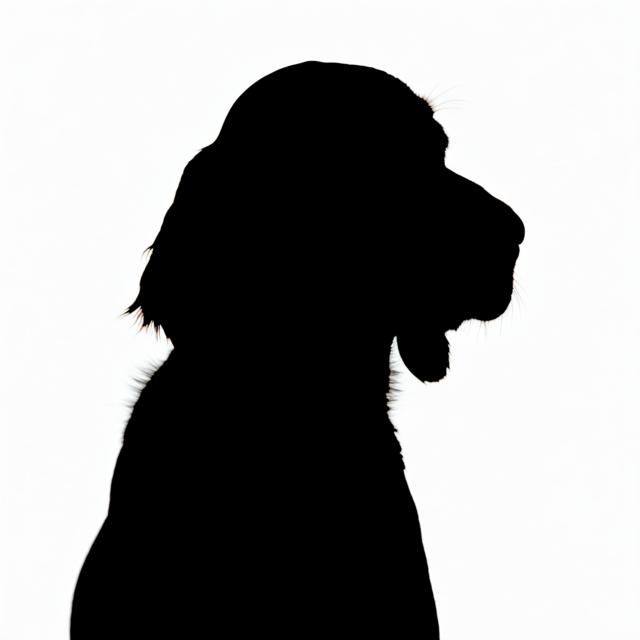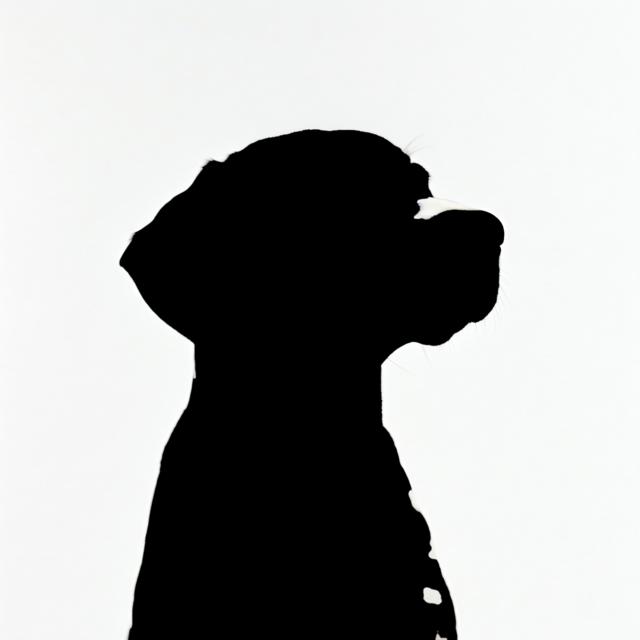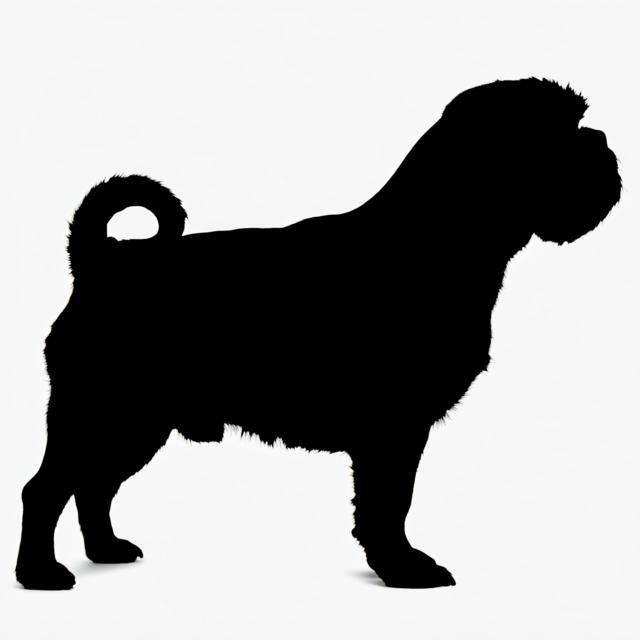Japanese Spitz
Nihon Supittsu
 akc
akc ankc
ankc ckc
ckc fci
fci nzkc
nzkc rkc
rkc ukc
ukc



Summary
- The Japanese Spitz is a small to medium-sized companion dog known for its bright white coat and fox-like appearance, and they are intelligent and loyal. This breed needs consistent training and moderate exercise to remain healthy and happy.
Origin and Purpose
- Developed in Japan in the 20th century.
- Created by breeding various Spitz-type dogs.
- Primarily a companion dog.
Appearance
Dimensions
| Gender | Height | Weight |
|---|---|---|
| Female | 12-14 inches (30-36 cm) | 15-18 pounds (7-8 kg) |
| Male | 12-15 inches (30-38 cm) | 15-20 pounds (7-9 kg) |
Coat
| Attribute | Notes |
|---|---|
| Color |
|
| Type |
|
| Length |
|
Care
| Attribute | Notes |
|---|---|
| Shedding |
|
| Grooming |
|
| Drooling |
|
Body
| Attribute | Notes |
|---|---|
| Head |
|
| Skull |
|
| Ears |
|
| Eyes |
|
| Nose |
|
| Muzzle |
|
| Teeth |
|
| Neck |
|
| Forequarters |
|
| Fore Legs |
|
| Hindquarters |
|
| Hind Legs |
|
| Feet |
|
| Tail |
|
| Gait |
|
Temperament
- Intelligent
- Loyal
- Courageous
- Playful
- Alert
- Affectionate
- Independent
- Can be wary of strangers
Social
| Attribute | Notes |
|---|---|
| Affectionate with Family |
|
| Good with Children |
|
| Good with Dogs |
|
| Good with Cats |
|
| Openness to Strangers |
|
| Playfulness Level |
|
| Protective Nature |
|
| Adaptability Level |
|
Working Roles
- Companion dog
Exercise Needs
- Moderate; Daily walks and playtime
Health
- Generally healthy breed
- May be prone to patellar luxation, eye problems, and hip dysplasia
Additional Notes
- Known for their bright white coat and fox-like appearance.
- May bark excessively if not properly trained.
- Requires consistent training due to independent nature.